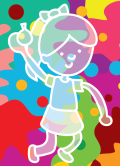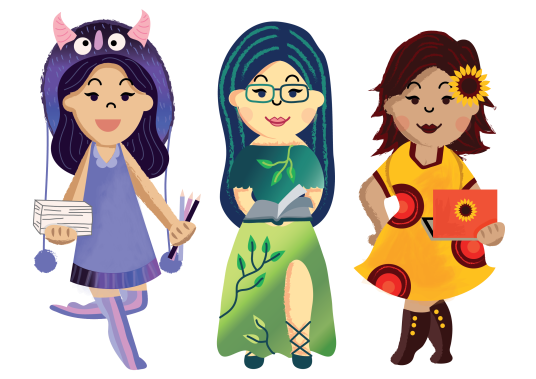
In 2020, Holi, a Hindu spring festival, is celebrated on 9 March. It is also known as the festival of colors. In the Vikram Samvat Hindu Calendar, Holi starts at the Purnima (full moon day) of month of Phalguna. Holi signifies the victory of good over evil, the arrival of spring, and end of winter. It is also the festive day to meet others, play and laugh, forget and forgive, and repair broken relationships.
Holi is a celebration to honor the Hindu god Vishnu and his follower Prahlada. Prahlada’s father is King Hiranyakashipu, the king of demonic Ashuras. Hiranyakashipu could not be killed by either human being, animal, handheld weapons, or projectile weapons, and neither inside or outside, at night, at day, on land, in water, or in air. Therefore, Hiranyakashipu grew arrogant and demanded everyone worshiped him. Prahlada remained devoted to Vishnu. As a consequence, Holika, Prahlada’s evil aunt, tricked him into sitting on a pyre with her. Holika secretly worn a cloak that made her immune to the fire. But then the cloak flew from Holika to Prahlada, so Prahlada survived while Holika burned. Vishnu then came and killed Hiranyakashipu.

Holi is also celebrated as a festival of colors to commemorate the divine love between Radha and Krishna. As a baby, Krishna developed a dark blue skin color due to she-demon Putana poisoned him with her breast milk. Young Krishna then despaired whether the fair-skinned Radha and other girls would like him because of his skin colour. Krishna’s mother advised him to approach Radha and color her face in any color he wanted. Krishna did it, and he and Radha became a couple.

The first evening of Holi is known as Holika Dahan (burning of Holika) or Chhoti Holi. During it, bonfires will be lit in parks, community centers, near temples and other open spaces. At dusk or after it, Hindu people will gather in front of the pyre and perform religious rituals, sing and dance. The day after Holika Dahan is known as Holi, Rangwali Holi, Dhuleti, Dhulandi, or Phagwah. During it, Hindu people will smear each other with colors and drench each other, with colored powder, water guns, balloons filled with colored water, and many more. They will also sing, dance, or play drums or dholak (a South Asian two-headed hand-drum). People will visit families and friends, when they will, again, smear each other with colors. Holi delicacies will be served such as Gujia (stuffed energy wrap), Mathri (flaky biscuit), Malpua (pancake), and Thandai (almond-based chilled drink). The drinks are often laced with bhang that is intoxicating. By evening people will clean up, wash and bathe, sober up and dress up to greet friends and relatives by visiting them and exchanging sweets.

If you do not celebrate Holi, you could still share the spirit by joining the color-smearing festival. If you know someone who celebrate Holi, you could also visit them, especially if you have not seen them for a time. After all, Holi is also a festival of forgiveness and new starts! Who knows, maybe you will get a chance to taste the Holi delicacies. Just make sure that you will not get too intoxicated by the drinks!
What about you? Tell us your favorite Holi activity, or share your most memorable Holi celebration!


Happy Holi!!!
LikeLiked by 1 person
Happy Holi to you too!
LikeLiked by 1 person